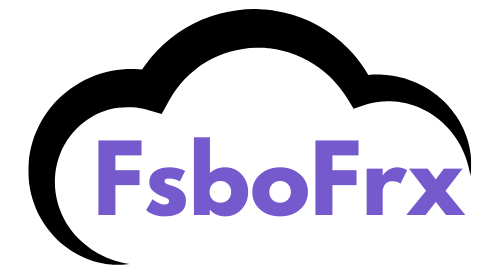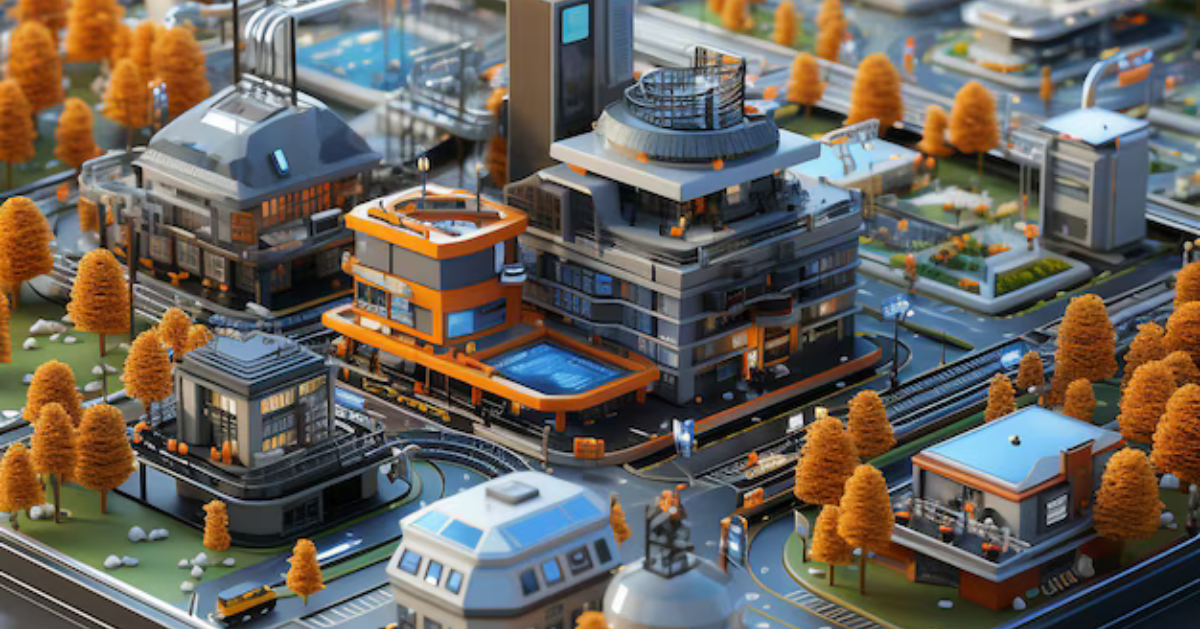In the ever-evolving world of building automation and data visualization, DGLux 5 for Niagara 4.10 stands out as a cutting-edge platform that transforms how we manage and optimize smart buildings. Whether you’re a facility manager, engineer, or business owner, this combination offers advanced features for seamless integration, visualization, and control of building systems.
What Is DGLux 5?
DGLux 5 is a powerful HTML5-based data visualization and design platform. It allows users to create interactive dashboards, analytics tools, and customized user interfaces. Its intuitive drag-and-drop editor and wide range of components make it ideal for users with varying technical expertise.
What Is Niagara 4.10?
Niagara 4.10 is a robust platform for building automation and IoT integration. Developed by Tridium, it enables the connection and control of diverse systems such as HVAC, lighting, and energy management. This version includes enhanced cybersecurity, performance improvements, and new developer-friendly features.
Key Features of DGLux 5 for Niagara 4.10
Seamless Integration
DGLux 5 integrates effortlessly with Niagara 4.10, allowing users to leverage existing building data without the need for extensive reconfiguration. This feature ensures real-time access to critical data.
Advanced Data Visualization
With DGLux 5, users can design stunning dashboards that present complex data in an easily understandable format. The use of charts, graphs, and dynamic components enhances user engagement.
User-Friendly Interface
The platform’s drag-and-drop design interface makes it accessible even for non-programmers. Customization options are extensive, ensuring that users can tailor their solutions to specific needs.
Real-Time Analytics
DGLux 5 offers real-time analytics capabilities. Users can monitor system performance, track energy usage, and identify inefficiencies instantly.
Cross-Platform Compatibility
DGLux 5 operates on various devices, including desktops, tablets, and smartphones, ensuring accessibility on the go.
Benefits of Using DGLux 5 for Niagra 4.10
Enhanced Operational Efficiency
By integrating with Niagara 4.10, DGux 5 streamlines building operations, reduces manual intervention, and improves system efficiency.
Data-Driven Decision Making
With advanced analytics and visualization tools, stakeholders can make informed decisions based on real-time data insights.
Improved User Experience
The intuitive design and customization options offered by DGLux ensure that users interact effectively with the system, enhancing overall satisfaction.
Future-Proof Solution
As a highly adaptable platform, DGLux 5 remains compatible with evolving technologies, ensuring longevity and relevance.
Getting Started with DGLux 5 for Niagra 4.10
Install and Configure Niagara 4.10
Before leveraging DGLux 5, ensure that your Niagara 4.10 system is installed and configured correctly. This includes setting up devices and networks for data collection.
Install DGLux 5
Follow the installation guide for DGLux 5. The process is straightforward, with step-by-step instructions provided by the vendor.
Connect DGLux 5 to Niagara 4.10
Using the platform’s integration tools, link DGLux 5 to your Niagara 4.10 instance. This enables seamless data exchange between the two systems.
Design Your Dashboards
Use the drag-and-drop editor in DGLux 5 to create customized dashboards. Focus on the metrics that matter most to your operations.
Security Enhancements in Niagara 4.10
Cybersecurity is a top priority in building automation. Niagara 4.10 introduces new encryption protocols and user authentication methods to safeguard systems. Pairing this with DGLux 5 ensures that sensitive data remains secure.
Real-World Applications of DGLux 5 with Niagara 4.10
Smart Energy Management
Facility managers can monitor energy usage and implement strategies to reduce consumption, saving costs and supporting sustainability goals.
HVAC Optimization
Real-time data from HVAC systems can be visualized and analyzed to enhance performance, reduce downtime, and maintain occupant comfort.
Occupancy Management
By integrating IoT sensors with Niagara 4.10, DGLux 5 can display occupancy trends, enabling efficient space utilization.
Best Practices for Maximizing DGLux 5 and Niagara 4.10
Regular System Updates
Keep both platforms updated to benefit from the latest features and security patches.
Train Your Team
Invest in training sessions to ensure that your team fully understands the capabilities of DGLux 5 and Niagara 4.10.
Focus on User Experience
Design dashboards with the end user in mind, ensuring clarity and ease of navigation.
Challenges and Solutions
Integration Complexity
While integration is seamless for most users, complex setups may require expert assistance. Engage with experienced professionals when needed.
Initial Learning Curve
For new users, understanding all features of DGLux 5 can take time. Online tutorials and community forums can help.
Conclusion
DGLux 5 for Niagara 4.10 represents a game-changing combination for building automation. Its user-friendly design, advanced visualization capabilities, and seamless integration make it an indispensable tool for optimizing building systems. Whether you’re looking to improve energy efficiency, streamline operations, or enhance user experience, this dynamic duo delivers exceptional results.
FAQs
What industries benefit most from DGLux 5 and Niagara 4.10?
Industries like real estate, healthcare, education, and manufacturing find this combination highly beneficial for facility management.
Can DGLux 5 work with earlier versions of Niagara?
Yes, but compatibility may vary. It’s best to consult with the vendor for specific requirements.
Is DGLux 5 suitable for small-scale buildings?
Absolutely! Its scalability ensures that both small and large buildings can leverage its features effectively.
How secure is DGLux 5 for data visualization?
With the enhanced security features of Niagara 4.10 and its own protocols, DGLux 5 offers robust data protection.
Are there any free resources for learning DGLux 5?
Yes, many online tutorials, documentation, and community forums are available to help users get started.

